Cecil Paul - Stories from the Magic Canoe of Waxaid
Here you can read online Cecil Paul - Stories from the Magic Canoe of Waxaid full text of the book (entire story) in english for free. Download pdf and epub, get meaning, cover and reviews about this ebook. year: 2019, publisher: RMB, genre: Detective and thriller. Description of the work, (preface) as well as reviews are available. Best literature library LitArk.com created for fans of good reading and offers a wide selection of genres:
Romance novel
Science fiction
Adventure
Detective
Science
History
Home and family
Prose
Art
Politics
Computer
Non-fiction
Religion
Business
Children
Humor
Choose a favorite category and find really read worthwhile books. Enjoy immersion in the world of imagination, feel the emotions of the characters or learn something new for yourself, make an fascinating discovery.
- Book:Stories from the Magic Canoe of Waxaid
- Author:
- Publisher:RMB
- Genre:
- Year:2019
- Rating:3 / 5
- Favourites:Add to favourites
- Your mark:
Stories from the Magic Canoe of Waxaid: summary, description and annotation
We offer to read an annotation, description, summary or preface (depends on what the author of the book "Stories from the Magic Canoe of Waxaid" wrote himself). If you haven't found the necessary information about the book — write in the comments, we will try to find it.
A remarkable and profound collection of reflections by one of North Americas most important Indigenous leaders.
My name is Waxaid, given to me by my people. Wa is the river, Xaid is good good river. Sometimes the river is not good. I am a Xenaksiala, I am from the Killer Whale Clan. I would like to walk with you in Xenaksiala lands. Where I will take you is the place of my birth. They call it the Kitlope. It is called Xesduwxw (Huschduwaschdu) for blue, milky, glacial water. Our destination is what I would like to talk about, and a boat I call it my magic canoe. It is a magical canoe because there is room for everyone who wants to come into it to paddle together. The currents against it are very strong but I believe we can reach that destination and this is the reason for our survival. Cecil Paul
Who better to tell the narrative of our times about the restoration of land and culture than Waxaid (the good river), or Cecil Paul, a Xenaksiala elder who pursued both in his ancestral home, the Kitlope now the largest protected unlogged temperate rainforest left on the planet. Pauls cultural teachings are more relevant today than ever in the face of environmental threats, climate change and social unrest, while his personal stories of loss from residential schools, industrialization and theft of cultural property (the world-renowned Gpsgolox pole) put a human face to the survivors of this particular brand of genocide.
Told in Cecil Pauls singular, vernacular voice, Stories from the Magic Canoe spans a lifetime of experience, suffering and survival. This beautifully produced volume is in Cecils own words, as told to Briony Penn and other friends, and has been meticulously transcribed. Along with Penns forthcoming biography of Cecil Paul, Following the Good River (Fall 2019), Stories from the Magic Canoe provides a valuable documented history of a generation that continues to deal with the impacts of brutal colonization and environmental change at the hands of politicians, industrialists and those who willingly ignore the power of ancestral lands and traditional knowledge.
Cecil Paul: author's other books
Who wrote Stories from the Magic Canoe of Waxaid? Find out the surname, the name of the author of the book and a list of all author's works by series.

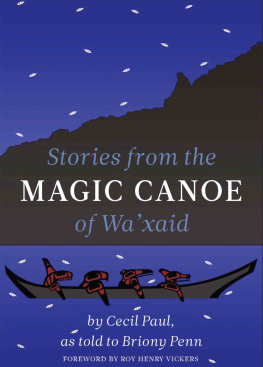
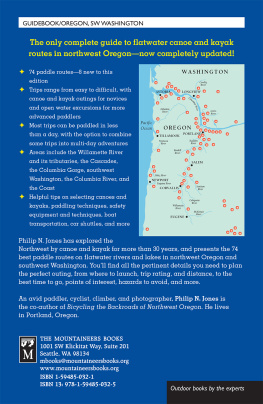
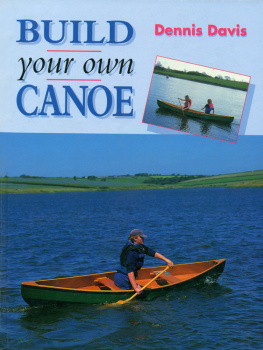


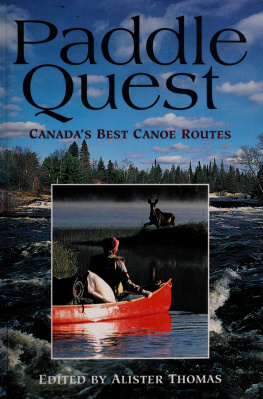
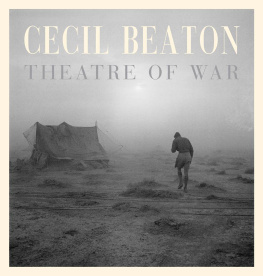
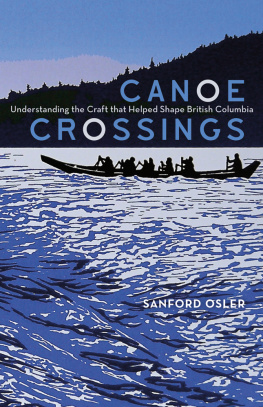

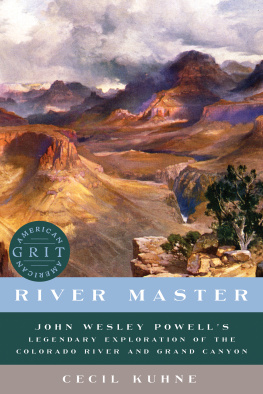


 SNE (Pauquachin, Tsartlip, Tsawout, Tseycum) peoples.
SNE (Pauquachin, Tsartlip, Tsawout, Tseycum) peoples.
